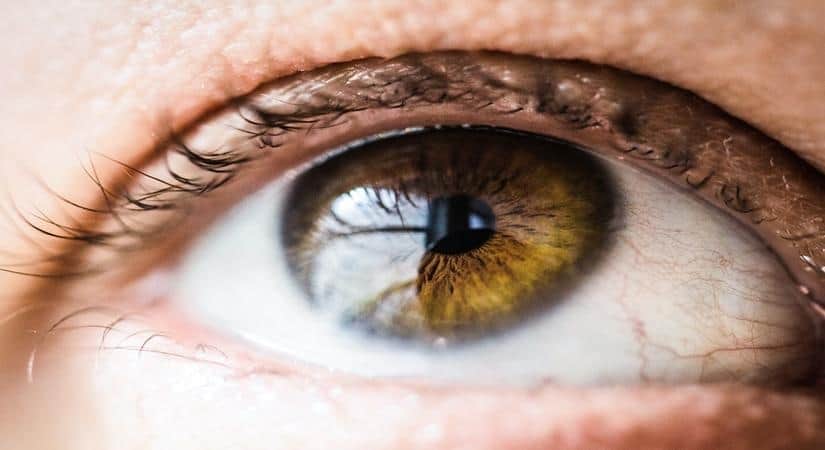New Delhi (Agency): A six-month-old boy in Thailand experienced a temporary change in his eye color after receiving a common treatment for COVID-19. His eyes shifted from dark brown to deep blue within 18 hours of starting the medication but returned to their original color five days after stopping the treatment. The case is raising questions about the safety of the drug, especially for children.
The medication, favipiravir, was prescribed after the infant showed symptoms of cough and fever and tested positive for the coronavirus. The case study was conducted by researchers from the Chulabhorn Royal Academy in Bangkok and published in the medical journal Frontiers in Pediatrics.
“This case report highlights the need for monitoring of favipiravir therapy in children due to the potential side effect of corneal discoloration, which has not yet had its long-term effects identified,” said the authors of the study. Favipiravir has been authorized for emergency use against COVID-19 in several countries and was first used in Wuhan, China, in 2020.
The study also mentioned that favipiravir led to a faster viral clearance and shorter time of clinical improvement in hospitalized patients. However, the drug did not show benefits for individuals who were not hospitalized. The researchers noted that the medication has several side effects, including high levels of uric acid in the blood, diarrhea, and a decrease in a type of white blood cells. These side effects accounted for 20% of all adverse events reported.
In addition to these common side effects, the study noted several rare adverse effects, such as temporary visual blurring and bluish discoloration of the cornea. In the case of the infant, the change in eye color took longer to reverse compared to other reported cases, although the exact reason for this remains unclear.
“While favipiravir is currently the mainstay of oral antiviral treatment for children with COVID-19, its safety profile in children who are still in the developmental stage is uncertain,” added the study authors. They stressed that long-term monitoring of favipiravir’s safety in pediatric patients is vital.
The rare but noteworthy side effect in the infant’s case warrants careful scrutiny and monitoring in future applications of the drug, particularly among children. Further studies are now needed to understand the incidence and potential long-term impacts of these adverse effects on eye health.
